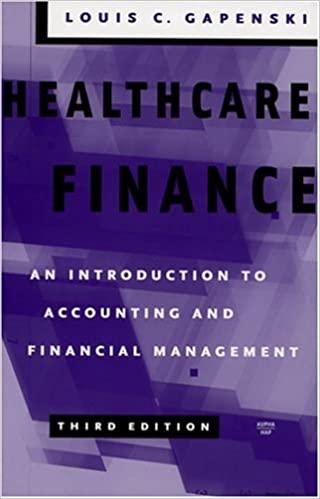Answered step by step
Verified Expert Solution
Question
1 Approved Answer
For this problem, we will be working with an annual labor supply decision (rather than weekly). This means the person will have 5,000 hours available
- For this problem, we will be working with an annual labor supply decision (rather than weekly). This means the person will have 5,000 hours available to spend on labor/leisure (50 weeks * 100 hours per week). We will explore the life and labor supply decisions of Sully. Sully is a single father of 2 that lives his life a quarter mile at a time. Suppose Sully can currently earn a wage of $10 per hour in the labor market. Because of his 2 beloved - though troubled - children, he is eligible to earn a tax credit (if he qualifies based on income level). The tax credit program for individuals with 2 kids has the following features:
- No credit is earned if no income is earned
- For annual earnings between 0 and $10,000, a 50% tax credit will be applied. This means, for example, an individual earning $1,000 in wage income would receive $500 in tax credit/refund (we can think of this as additional income).
- For annual earnings between $10,000 and $20,000, the individual keeps the tax credit earned (there is no payback in this range).
- For annual earnings over $20,000, the individual will begin to payback his or her tax credit at a rate of 20% (every $1 earned beyond $20,000 means paying back $0.20 worth of credit).
- (2 points) Complete the following table by filling out earned income, tax credit earned, and total amount of spending money at each level of work hours. Determine the amount of hours/earned income where Sully will no longer qualify for any tax credit (he has paid it all back). Use this information to find his effective hourly wage (net wage) at different levels of work.
| Hours Worked (annual) | Earned Income | Amount of Tax Credit earned | Total Spending Money | Effective hourly wage |
| 0 | 0 | 0 | 0 | -- |
| 500 | ||||
| 501 | ||||
| 1000 | ||||
| 1001 | ||||
| 2000 | ||||
| 2001 | ||||
| 0 | ||||
| 5000 |
- (4 points) Create a sketch of Sullys annual labor supply decision by showing the budget constraint with and without the tax credit program. Assume he has no non-labor income. Be sure to label consumption and leisure at any critical points on the budget constraint. Draw an indifference curve showing what you think is a reasonable choice, and label consumption and leisure at this point. Discuss how the income tax credits impact on net wages might impact Sullys labor supply decision.
- (3 points) Suppose that the tax credit program exists, but is instead structured as: $0 to $10,000 a 50% tax credit is earned, and at $10,000 or more in income payback of the credit occurs at a 20% rate. Show the budget constraint for this program (and label the key points). Discuss how this might affect Sullys labor supply decision differently as compared to the program in parts a and b.
- d. (4 points) Now suppose the tax credit program is structured as follows: $0 to $10,000 a 50% tax credit is earned, and at income of over $10,000 the person does not qualify for any tax credit. This means anyone making more than $10,000 in annual income is not eligible for the program at all. Show the budget constraint for this program (and label the key points). Discuss how this would affect Sullys labor supply decision as compared to the other versions of the program. Summarize what this type of modeling means about how to structure income support programs.
Step by Step Solution
There are 3 Steps involved in it
Step: 1

Get Instant Access to Expert-Tailored Solutions
See step-by-step solutions with expert insights and AI powered tools for academic success
Step: 2

Step: 3

Ace Your Homework with AI
Get the answers you need in no time with our AI-driven, step-by-step assistance
Get Started


